Voltage Difference Causes Charge to Flow From
What causes current to flow from one terminal of the battery to the other. The rate that electric charges move through a conductor.
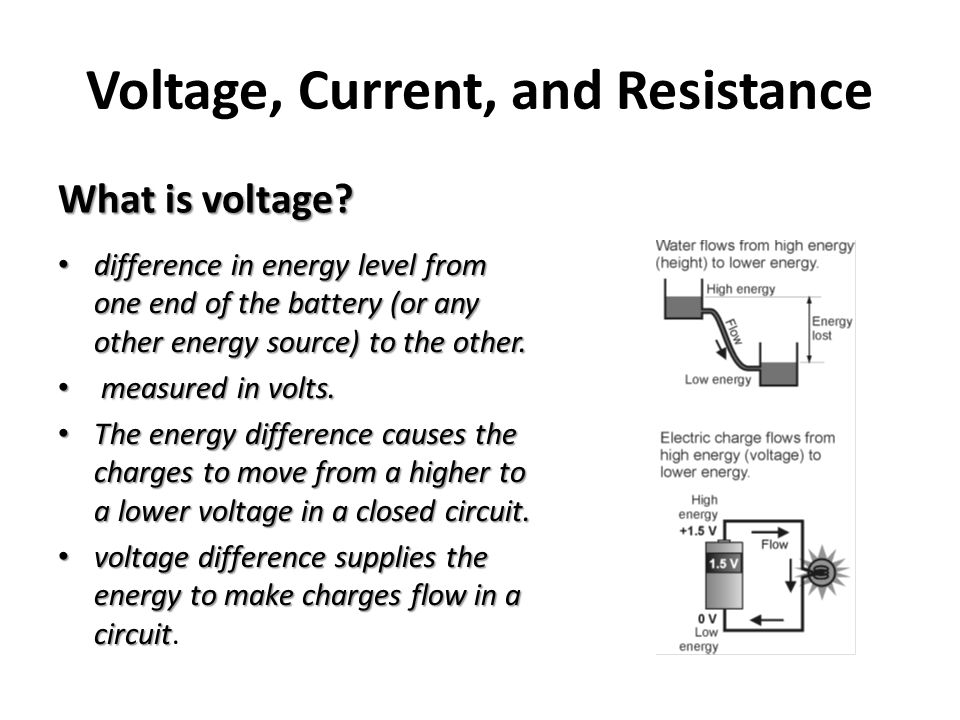
Voltage Current And Resistance Ppt Video Online Download
Voltage will drop in series resistance while the.

. Current is measured in volts. Voltage potential difference EMF - they all mean the same thing. Like charges on the balloon and wall cause an attraction between the two.
Voltage is also called an electromotive force. This is the potential difference between two connections where one connection collects more electrons than the other. It is actually the potential difference of charges across two pointsnodesterminals in an electrical circuit.
Answer 1 of 2. An electric field only exists only when we apply a voltage. The ratio of the voltage across a conductor to the current it.
Determine whether the statements are true or false. True False Answer Bank Voltage flows through a wire. The law of conservation of charge states that _____.
Causes a short circuit. Voltage difference if the battery is a 120 volt battery and the resistance in the circuit is 10 ohms how much current is flowing through the circuit. Circuit breaker electric charges always flow from _____ areas to _____ areas.
Voltage is the force that causes an electric charge to flow. When we connect a lamp to a battery the difference in potential prevailing between its positive and negative terminal causes the electrons to flow and the lamp glows. Electric charge is not created or destroyed.
The battery voltage is the numerical value of this electric potential difference. How does voltage cause charges to flow in a circuit. A device that is a source of electric current because of a potential difference or voltage between the terminals.
Voltage is basically the potential difference or the energy required to displace a charge against the electric field. Therefore voltage causes charges to move from one terminal of the battery to other. Answer 1 of 2.
What is the flow of electrical charges in this is caused by energy differences and voltage. A voltage difference implies that there is an E field which exerts a force on the charge carriers and they move in response to that force. You cant force a current to flow through some circuit element without applying a voltage across the element.
The voltage or potential difference gives the force to the electrons to flow through the circuit. Conventionally Current flows from the positive terminal to the negative. A voltage drop is a drop in potential along the current path through a circuit.
It is the amount of energy per unit charge while moving between two points. Now if the voltage is constant then you must be able to move only a constant number of charges per second current. Sometimes it is called a voltage drop.
Charge can be created and destroyed but not transferred. A potential difference across the ends of a wire will cause. The higher the voltage the greater the force and hence the more electrons flowing through the circuit.
Once the voltage potential of the field from that charge separation from anode to cathode reaches equilibrium with the voltage of the battery cell reaction voltages the reactions stop as there is no place for energy to be stored and no path for charges to flow electrons until an external circuit is made. A potential difference across the ends of a wire will cause current to flow. You cant produce a voltage without supplying charge or current to force some place to have that voltage.
Voltage is the charge force differential along a wire that causes real electron charges to be emitted from atoms in a conductor material. Batteries supply direct current. In some circuits you might explain the operation by saying a voltage source causes current to flow or a current source causes a voltage to be produced.
Voltage is measured in volt V which is the derivation unit of potential. Current flows through a wire. Voltage is the potential difference between two points which causes current to flow.
The battery establishes an electric potential difference across the two ends of the external circuit and thus causes the charge to flow. The difference in charge between higher potential and lower potential is called a voltage or potential difference. It is interesting to know Electrons flow from the negative terminal to the positive.
Potential difference is measured in volts. When a voltage source is connected to a circuit the voltage will cause a uniform flow of charge carriers through that circuit called a current. Static Electricity and more.
Does voltage cause current. In a single one loop circuit the amount of current at any point is the same as the amount of current at any other point. The charge in the electrical potential energy per unit charge.
Neutral Negative The force or push that causes electric charges to move is called A. This means that they are free to move when a force is exerted on them. Current is the rate of charge flow between two points caused by.
In an analogous manner it is the difference in water pressure between the top of the water slide and the bottom of the water. Here the positive terminal of the battery is at a higher potential and the negative terminal is at lower potential. Potential difference V between terminals of Battery Cause current to flow.
Voltage causes them to flow in a circuit because of Ions and Electrolytes. That force also then directs the emitted electrons to flow or move in a given direction as a current alongin the conductor. Voltage is defined as potential energy per charge.
The mass before a chemical change equals the mass after. Without voltage or potential difference electrons would. Normally in circuit theory conventional current is consider most of the time that is from positive to negative of battery terminal.
Supplies energy to make charge flow. EMF or electromotive force is the amount of energy supply to the charge by battery cell. Conductors are characterized by having charge carriers that are very loosely bound to the bulk material.
If we have two parallel conducting plates a simple capacitor and we connect one as positive and the other as. Is the term used for rate of charge flow.

Nanograss Boosts The Efficiency Of Organic So Nanotechnology Solar Cell Solar Energy Panels

Without Potential Difference Current Can Flow Or N Tutorix

Understanding Electricity Learn About Electricity Current Voltage And Resistance

Electric Current A Flow Of Charge Iopspark
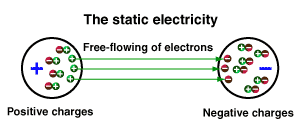
Understanding Electricity Learn About Electricity Current Voltage And Resistance

Pin On Electrical Electronics Engineering

Electrical Energy Power And Charge

Visualizing Current Electromotive Force Physics Electrons

Energy And Voltage In Circuits The Science Hive

Electric Resistance Easy Science Science Flashcards Flashcards Easy Science

How Touchscreens Work Join Our Blog Http Www Electricaltechnology Org Work Infographic Electricity Engineering Education

Relationship Energy Transferred Current Voltage Time Power 6 Energy Transfer Relationship Power
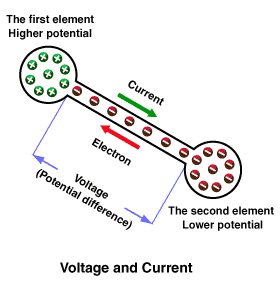
Understanding Electricity Learn About Electricity Current Voltage And Resistance

Resistors Archives Electronics Hub Resistor Resistors Electrical Projects

Difference Between Voltage And Emf Electrical Technology Emf Electrical Interview Questions Energy Supply

Difference Between Voltage And Current Fundamental Quantities

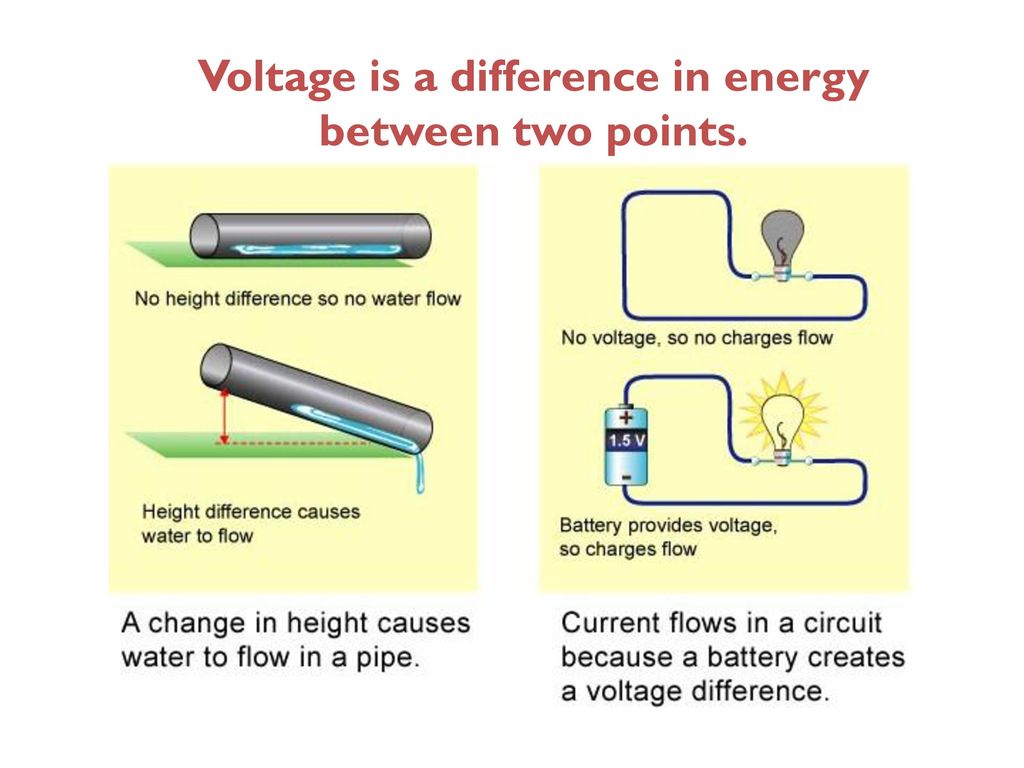
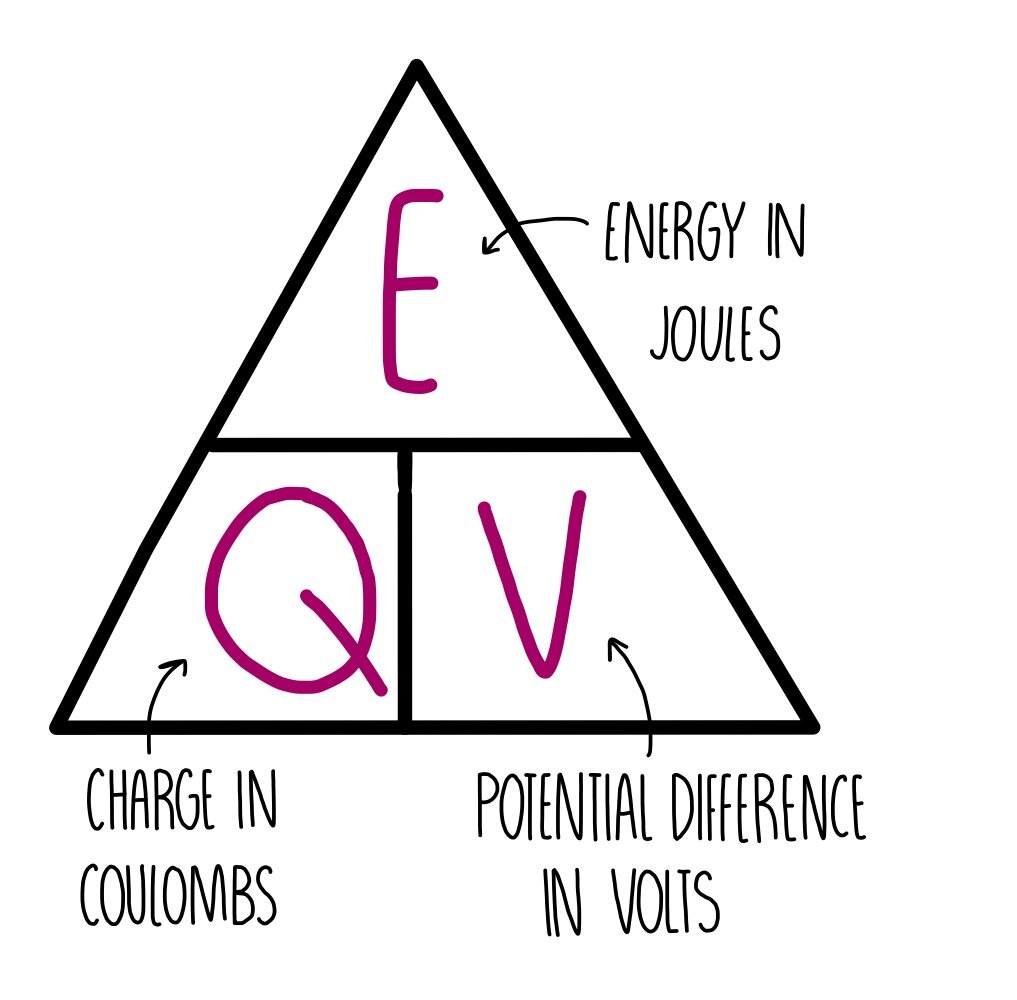
Comments
Post a Comment